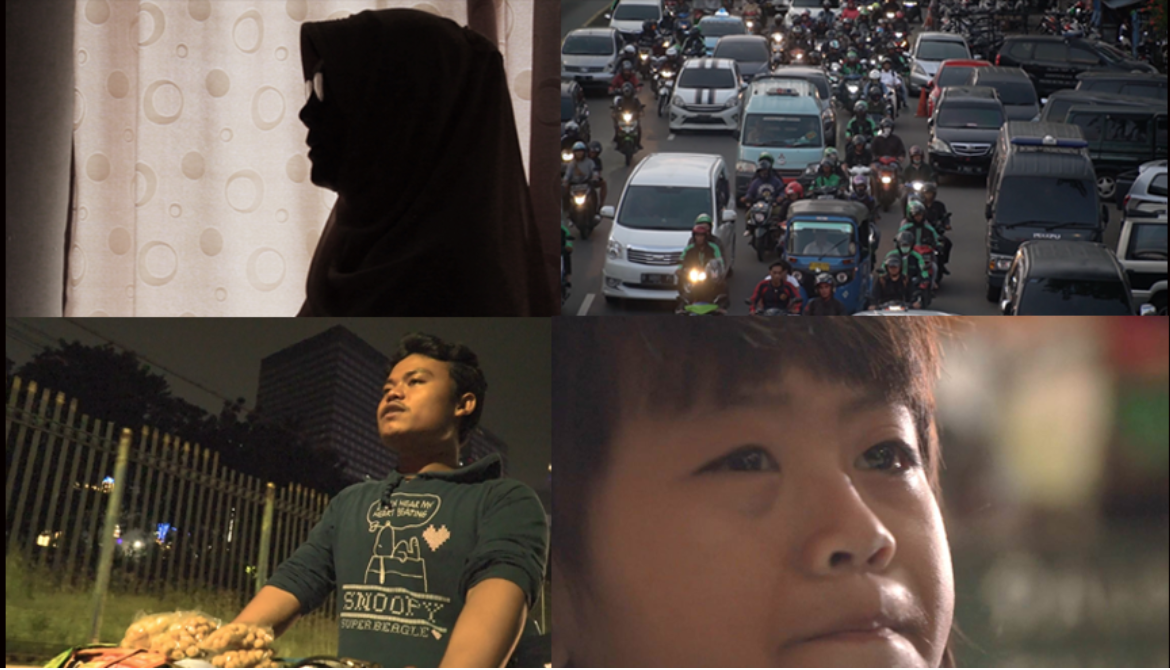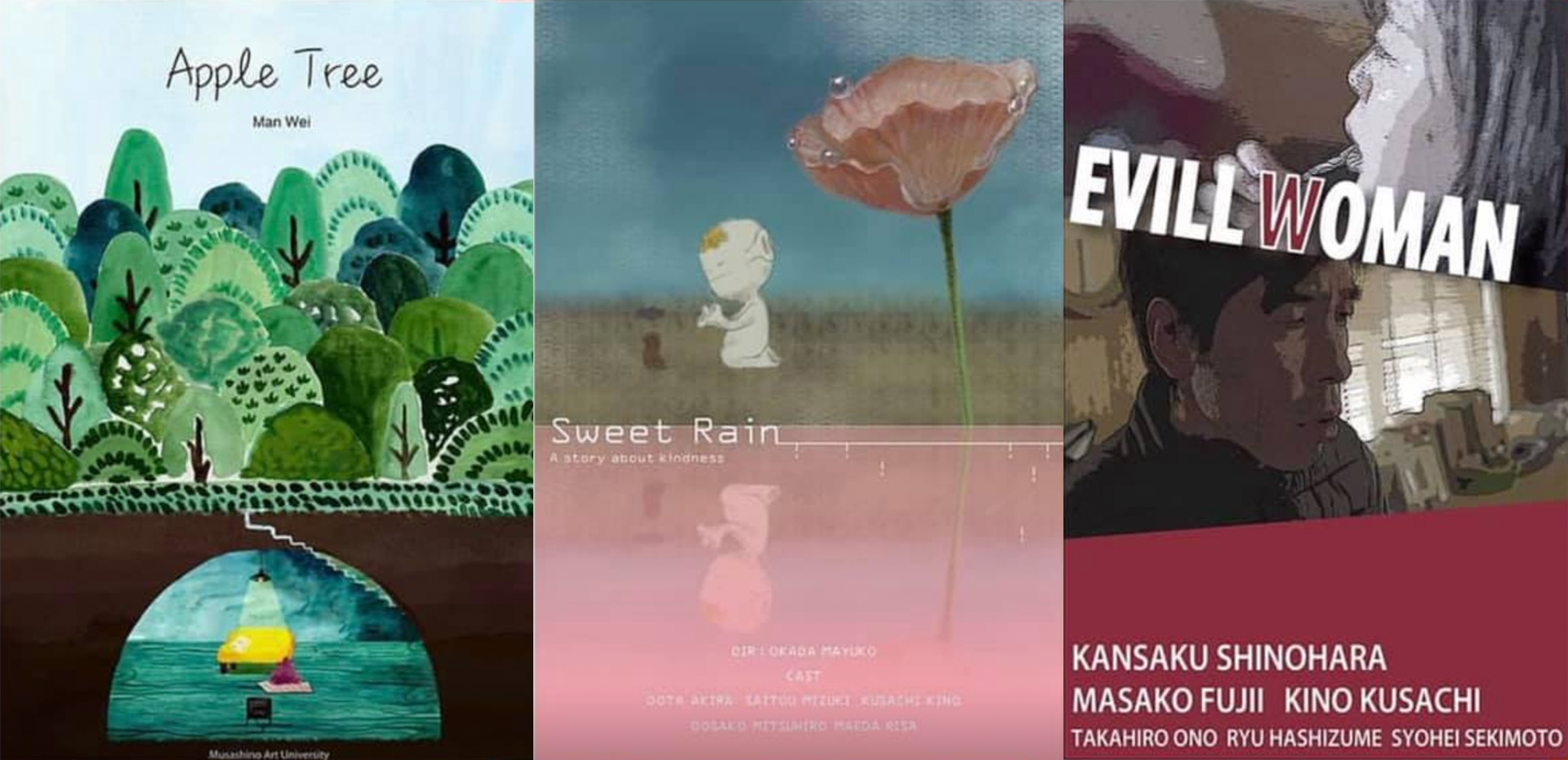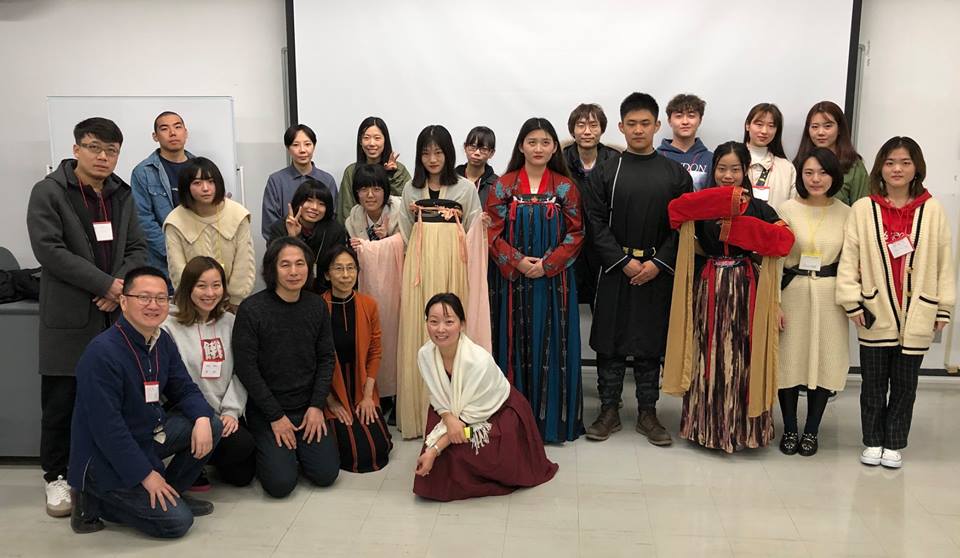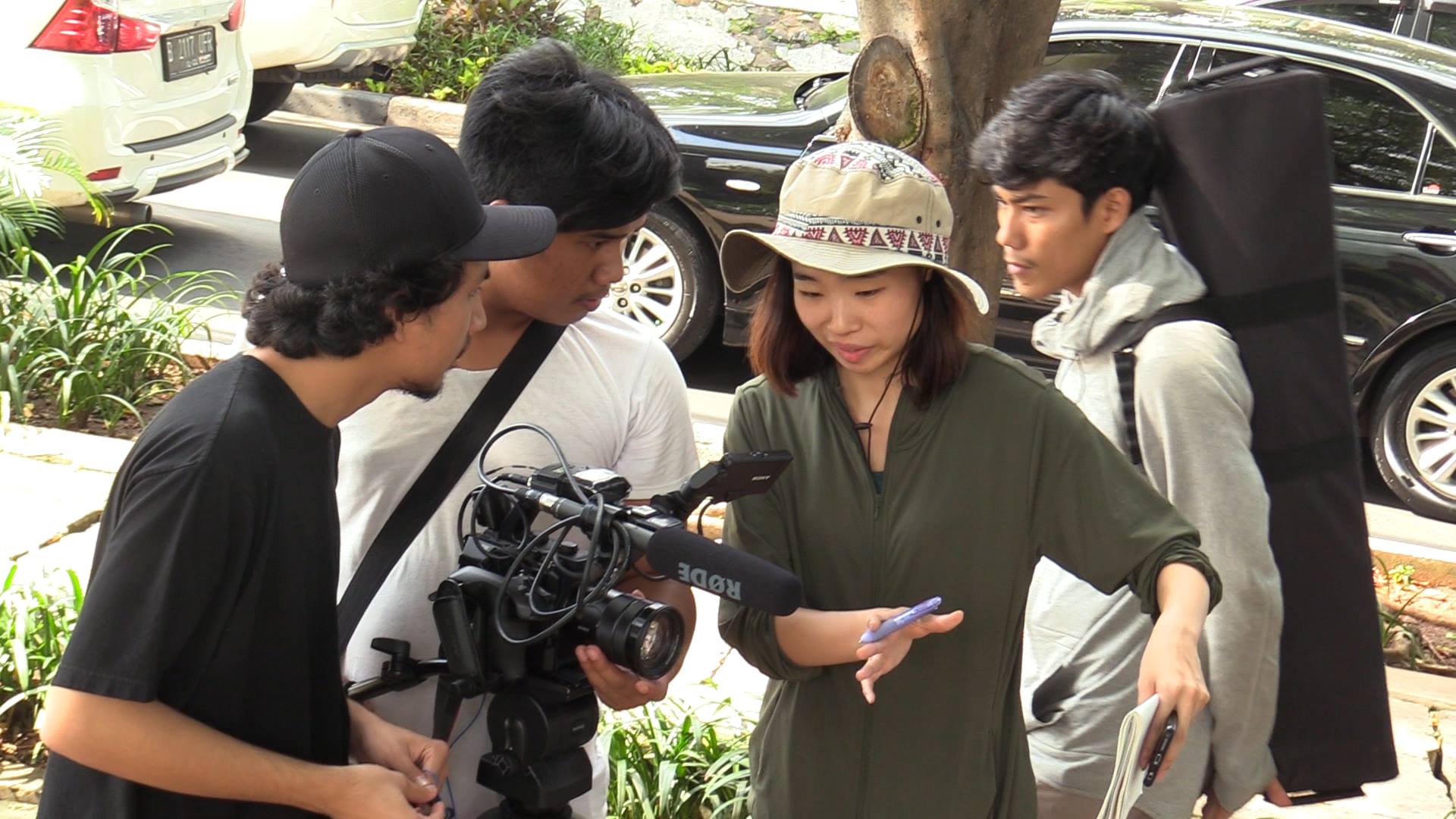
MAU media art seminar video works
武蔵野美術大学 メディアアートゼミ映像作品
https://youtu.be/Jq7IzXpUB1M
See also:
http://eizou.musabi.ac.jp/topics/2022/07/2022-mau-open-campus-media-art-seminar-links.php
00:05
Andres MADRUEÑO アンドレス・マドルエニョ
渋谷にて:short version (At Shibuya: short version)
8'21"
ある雨の日の夜、渋谷スクランブル交差点を舞台にした9分のショートフィルム「渋谷にて」。気づかれないように、カメラはその風景にいる人物を追いかけ、彼らの会話に耳を傾ける機会を与えてくれる。台詞はほとんど即興で、カメラワークは慎重に計画されたものです。作品全編はU-NEXTで見ることができます。
At Shibuya is a short film 9 minutes long that explores the Shibuya Scramble Crossing one rainy night. Without being noticed, the camera follows characters that inhabit the scenery giving us the opportunity to listen to their conversations. The dialogue is improvised in the most part while the camera work was carefully planned. The full work can be seen on U-NEXT.
ᅳ
08:26
YANG Chen 楊 晨 ヨウ シン
なにもない踊り場 Empty dance floor
4'45''
実験環境性ダンス、Nonlinear Narrative Experimental Dance、Site Specific Art作品は、整然とした建築空間を通じて自然光と影を融合させ、建築とインスタレーションの元の象徴的な意味を打破し、ボディランゲージで新しい矛盾を構築しようとした。同じ時空間で異なる信仰を持つ2人が精神的なアイデンティティを探し求めて行動し、変化する空間領域を持つ一時的な物語の橋を構築し、視覚的に流れる生命力のある四肢共鳴を確立した。
The work attempted to fuse natural light and shadow through an orderly architectural space, to break through the original symbolic meaning of architecture and installation, and to construct new contradictions in body language. Two people of different faiths in the same time and space, acting in search of a spiritual identity, constructed a temporary narrative bridge with changing spatial realms, establishing a vital limb resonance that flows visually.
ᅳ
13:13
CHEN Si 陳 絲 チン シ
夜を駆ける
1'33''
真夜中は眠りの時間だが、頭が冴えている。
夜毎、外を徘徊する時、夜は人が思っているほど静かではなく、絶え間なく音が聞こえることに気づいた。
それで、私はより多くの夜の時間を使い、街や公園を歩き回り、夜を「駆ける」ものを観察し、それらの振動を記録しながら、断片化された視覚と音の断片をつなぎ合わせた。
感じられる夜の音は、すべて光から来ている。
光は昼と夜を分け、そして夜のモノを分ける。
光の強弱によって異なる音を連想させる。
一軒家の門口に輝いたランプは「ただいま」を思い出させる。
夜の光は多くの想像空間を与えてくれ、人間の昼間の記憶がこもっている。
人々は公共空間としての昼間に記憶を作り、それを個人空間としての夜に持ち込む。
昼は都会の騒がしさに飲み込まれ、夜は光に合わせて駆け出した。
Midnight is the time for sleep, but my mind is clear.
During my nightly wanderings outside, I noticed that the night is not as quiet as one might think and that I hear sounds incessantly.
So I spent more nighttime hours walking around the streets and parks, observing things "running" through the night, recording their vibrations, piecing together fragmented visual and sound fragments.
All of the night sounds that can be felt come from light.
Light separates day from night, and then night objects.
The intensity of the light evokes different sounds.
A lamp shining at the gate of a house reminds us "I'm home".
The light of night gives us a lot of imaginary space, and it is filled with human memories of the daytime.
People create memories in the daytime as a public space and bring them into the nighttime as a personal space.
Day was swallowed up by the noise of the city, and night rushed out to meet the light.
ᅳ
14:46
WATANABE Hikari 渡辺 ひかり ワタナベヒカリ
植物 plants
1'12"
2021年から2022年までの制作をまとめた動画です。
植物に電気を流すことで得られる抵抗値からは、植物の水分量の変化を読み取ることができます。その値をもとに音を生成または映像に変化を与えるインスタレーションです。
観葉植物も道に生えている雑草も環境に応じて変化していて、その変化は見えないし見ようともしていないのではないかと思います。
植物が感じている変化を可視化し、また植物を通して世界を見たいと考えています。
This video is the summary of my works done in 2021-2022.
The resistance value obtained by passing electricity through a plant can be used to know the change in the plant's water content. This installation uses this
value to generate sound and to change images.
Houseplants and weeds growing on the road are changing according to their environment, and we cannot see or not even trying to see those changes.
My purpose is to make the plant's change visible and to see the world through plants.
ᅳ
15:58
NAGASHIMA Kenta 長嶋 健太 ナガシマケンタ
縺ゅk莠御ココ縺ョ莨夊ゥア(ある二人の会話)
9'21"
"音"は"意味"を持つことで"言葉"になる。そしてその言葉のルールを理解して初めて意思が疎通できる。ではそのルールの外側に立った時、私たちが聞くのは"音"か、"言葉"か。
Sounds" become "words" when they have meaning. We can communicate only when we understand the rules of language. Then, when we stand outside of these rules, is what we hear "sound" or "words"?
ᅳ
25:19
LU Jiadai 鲁 佳代 ロ カダイ
gaze
2'45"
私たちは常に他者から視線を浴びている。
人は傷つきやすく、目や舌だけで殺されてしまう。
We are constantly being gazed at by others.
People are fragile and can be killed with just their eyes and tongue.
ᅳ
28:04
DONG Lu 董 璐 トウ ルー
ノード Node
5'24"
この作品はミラーと立体的なインスタレーションを組み合わせ、現実の環境に置いて観察と記録することで、観客のリアルスペースへの想像をさらに触発する。ミラーの反射の下で、最も基本的な空間の物質性が自然に混ざり合い、歪み、そして現実の認識を超えた「別の次元」の透明な視点が生み出された。映し出されたイメージは現実の空間に埋め込まれ、真と偽、バーチャルとリアルの視覚的な距離を圧縮した。
The work combines mirrors and three-dimensional installations, which are placed in a real environment to observe and record, further inspiring the audience's imagination of real space. Under the reflection of the mirrors, the materiality of the most basic spaces spontaneously blended and distorted, creating a transparent perspective of 'other dimensions' beyond our perception of reality. The projected image was embedded in the space of reality, compressing the visual distance between true and false, virtual and real.
ᅳ
33:29
NAGAO Tomoka 長尾 朋佳 ナガオ トモカ
My body
0'43"
朝起きた時に私の体が本当に自分のものか、わからなくなる感覚があります。 いつもその感覚は夢みたいで、しばらくすると忘れてしまうので、忘れないようにその体験をアニメーションにしました。
I have an unforgettable feeling when I wake up in the morning that my body really belongs to me. It always feels like a dream, and I forget it after a while, so I made an animation of the experience so that I don't forget it.
ᅳ
34:13
ZHANG Xinran 张 欣然 チョウ キンゼン
DU Shiqi 杜 诗琪 ト シキ
彼女 she
9'07"
映像は、一人の女の子を好きな「彼女」の物語を中心に展開します。音楽と風景は主人公の心の状態に応じて絶えず変化し、彼女が夢のような内なる世界で苦闘しているかのような感覚を伝えます。愛を伝えることが難しく、憎しみは自分の内なる矛盾を変えることはできません。
The visuals unfold a story centered around "her," a girl whom the protagonist adores. The music and scenes constantly change with the protagonist's state of mind, as if she is struggling within her own dream-like inner world. Love is difficult to express, while hatred cannot change the deep-seated contradictions within her heart.
ᅳ
43:20
OSAKU Ryugo 大作 陸五 オオサク リュウゴ
転石の苔の味
04'53"
岩石信仰のある地域では石は生きていると信じられている。石場では石をノミで叩くことを殺す、磨き上げることを生かすと呼ぶそうだ。
しばらく山を進んでいくと、石の墓場があった。風雨で錆び付いてしまったものが廃物としてここへ捨てられていくそうだ。
私はその一部を砕いて持ち帰ることにした。
In areas with rock beliefs, stones are believed to be alive. In the stone fields, beating stones with a chisel is called "killing" and polishing them is called " rearing". After proceeding up the mountain for a while, I found a stone graveyard. I was told that those rusted by the wind and rain are thrown away here as waste.
I decided to crush some of them and take them home.
ᅳ
48:13
CHEN Ranxin 陳 然新 チン ゼンシン
脱出
2'50"
もし、私と植物の立場が逆転し、植物の生存環境で私は生き延びられるのだろうか?自分をラップで包み、岸辺に横たわって植物の生存環境に居座りました。ラップに包まれた私は息ができなくなり、ラップから抜け出し植物の生存環境の岸辺から逃げました。これは私が植物の生存環境で生きることはできないということを意味します。私は植物と人は平等で、強制的に生存環境を変えてはなりません。では人が自然にもたらす変化は植物やほかの生物に影響を与えているのではないでしょうか、これは私たちが考えるべき点だと思います。
If I were to exchange roles with a plant, I wondered whether I could truly thrive in its unique environment. In my experiment, I chose to encase myself in cling film and lay by the shoreline, attempting to adapt to the plant's habitat. However, as I struggled to breathe within the confines of the cling film, I quickly realized that this artificial adaptation was futile. Breaking free from the wrap, I hastily escaped the plant's environment, acknowledging that my survival was not sustainable in such conditions. This experience led me to contemplate the notion of equality between humans and plants, as well as the significance of our impact on each other's habitats. Consequently, I find myself contemplating the profound question: How does human intervention in the natural world affect the delicate balance of plants and other organisms?
ᅳ
51:03
SHIBATA Sakurako 柴田桜子 シバタサクラコ
砂に染む波 Waves seeping into the sand
14'41"
空間と身体が溶けあうまで。
The process by which body and space blend together.
ᅳ
01:05:44
ZHU Yumu 諸 雨沐 ショ ウモク
Vestige
4'34"
恋人の出会いから別れまでを描いている。二つプロジェクターを使って、二つ透明なガーゼスクリーンに投影している。二人は同じ世界にいるように見えますが、お互いに会うことができません。異なるガーゼに登場して、異なる世界の人々であることを意味している。希薄な存在感と変化性のあるガーゼスクリーンと光の組み合わせは、記憶の曖昧さと残像感を体感させる事ができる。
It depicts the lover's meeting and parting. Two projectors are used to project onto two transparent gauze screens. The two seem to be in the same world, but cannot see each other. Appearing in different gauze means that they are people from different worlds. The combination of gauze screen and light, which has a tenuous sense of presence and change, allows you to experience the ambiguity of memory and the feeling of afterimages.
ᅳ
01:10:18
IGUCHI Kana 井口 花菜 イグチ カナ
サザエサイクリング sazae cycling
2'08"
サザエを付けた自転車で近所を散策しました。
その時集めたサザエと自転車による音の記録映像です。
Turban shell is called Sazae in Japanese.
I cycled around the neighborhood on a bicycle with a sazae attached.
This is a video by sound of a sazae and a bicycle at that moment.
ᅳ
01:12:27
WANG Xi 王 茜 オウ アカネ
リセット
1'06''
「生きることはエントロピーの法則と戦うことであり、生命はネゲントロピーで生きている」。
エントロピー増大のプロセスは、秩序から無秩序への自然発生的な進行である。ある意味では、情報のエントロピーの増大に抵抗する能力、つまりエントロピーを減少させる能力を持つことが生命の意味である。この作品は、雑音を出すことができる人工製品を自然界の中に置き、プログラミングを使い、あるいは外力により、さらに消させるという動画である。
To live is to fight the law of entropy, and life is lived in negentropy.
The process of entropy increase is a spontaneous progression from order to disorder. In a sense, the meaning of life is to have the ability to resist the increase in entropy of information, i.e., to have the ability to decrease entropy. This work is a moving image of an artificial product capable of making noise, placed in nature, and made to disappear further, either by using programming or by external forces.
ᅳ
01:13:33
Liu Tianqi 刘 天琦 リュウ テンキ
空間吹く Space Blowing
5'36"
音は、
あらゆる空間の壁を打ち破って、リンクする
流れのようなメディアだと考える。
この映像は、昨年度の私の作品を含む3年間のプロジェクトについてのものです。テーマは、音メディアを通して、生命と非生命の境界線を探すことと彼らとのコミュニケーションの可能性を導き出す。
「生命」の部分について、私たちのバイタルサイン(心拍や脈拍など)は、私たちの精神から現実世界へのフィードバックであると考え、この最も精神(魂)に近いフィードバックを物質化したい。そうすることで、コミュニケーションの別の可能性が広がりたいだと考える。
「非生物」の部分について、もし、無機物に生命感(発声/自己複製/意図を持つなど)が与えられたら、私たちはそれを生命の一員として受け入れることができるだろうか。今後は、人々の既存概念にある無機物をさらに探し出し、さまざまな方法で生命感を与えることで、生命と非生命の境界線に挑戦していきたいと考えている。
I think of sound
as a flowing medium
that breaks down and links all spatial barriers.
This video is about a three-year project that includes my work from last year. The theme derives from the search for the boundary between life and non-life and the possibility of communicating with them through sound media.
Regarding the "life" part, I believe that our vital signs (heartbeat, pulse, etc.) are feedback from our spirit to the real world, and I want to materialize this most spirit (soul) like feedback. By doing so, we would like to open up other possibilities for communication.
Regarding the "non-living" part, if inorganic objects were given a sense of life (vocalization, self-replication, intentionality, etc.), would we be able to accept them as members of life? In the future, I would like to challenge the boundary between life and non-life by further searching inorganic objects in people's existing concepts and giving them a sense of life in various ways.
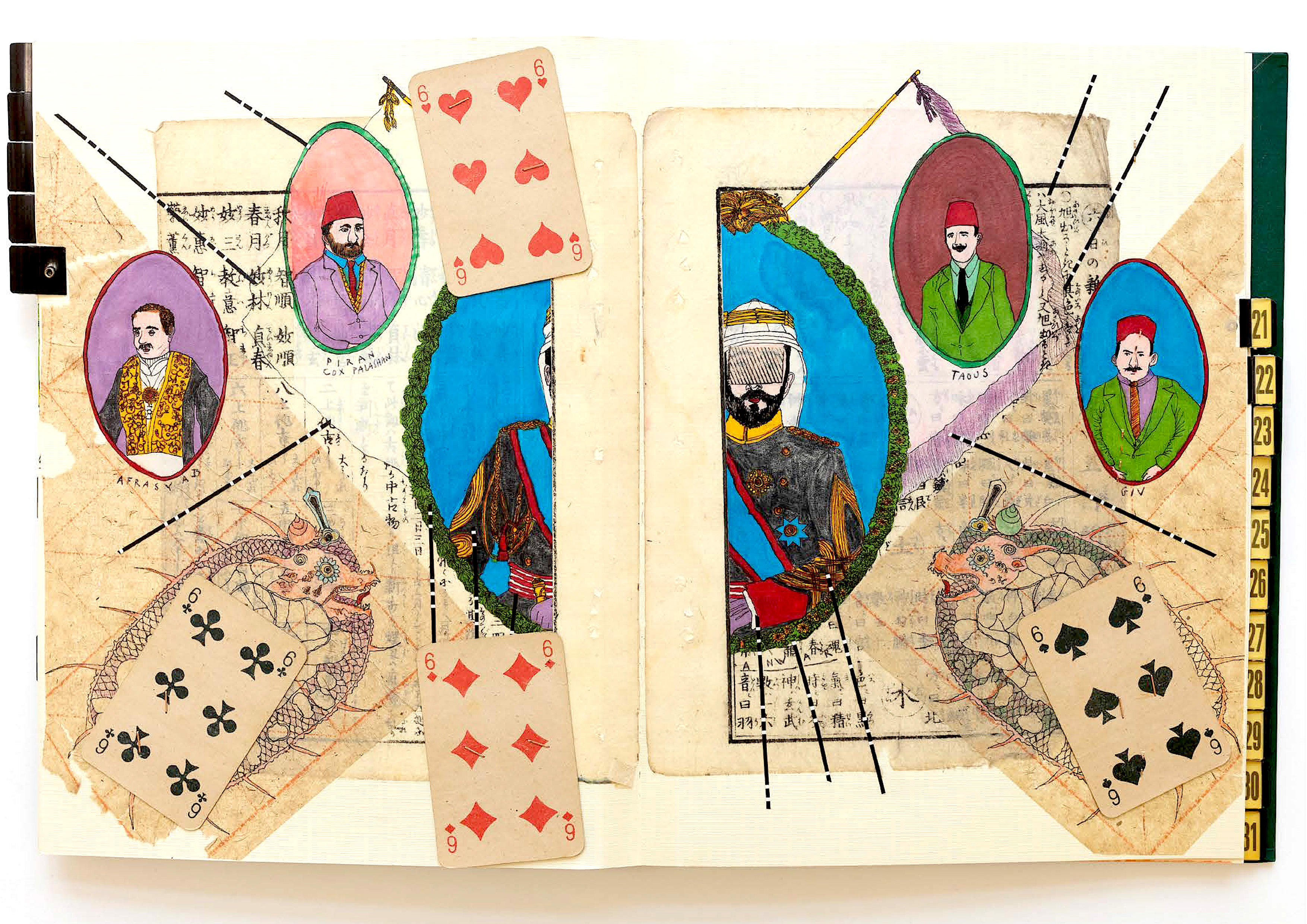
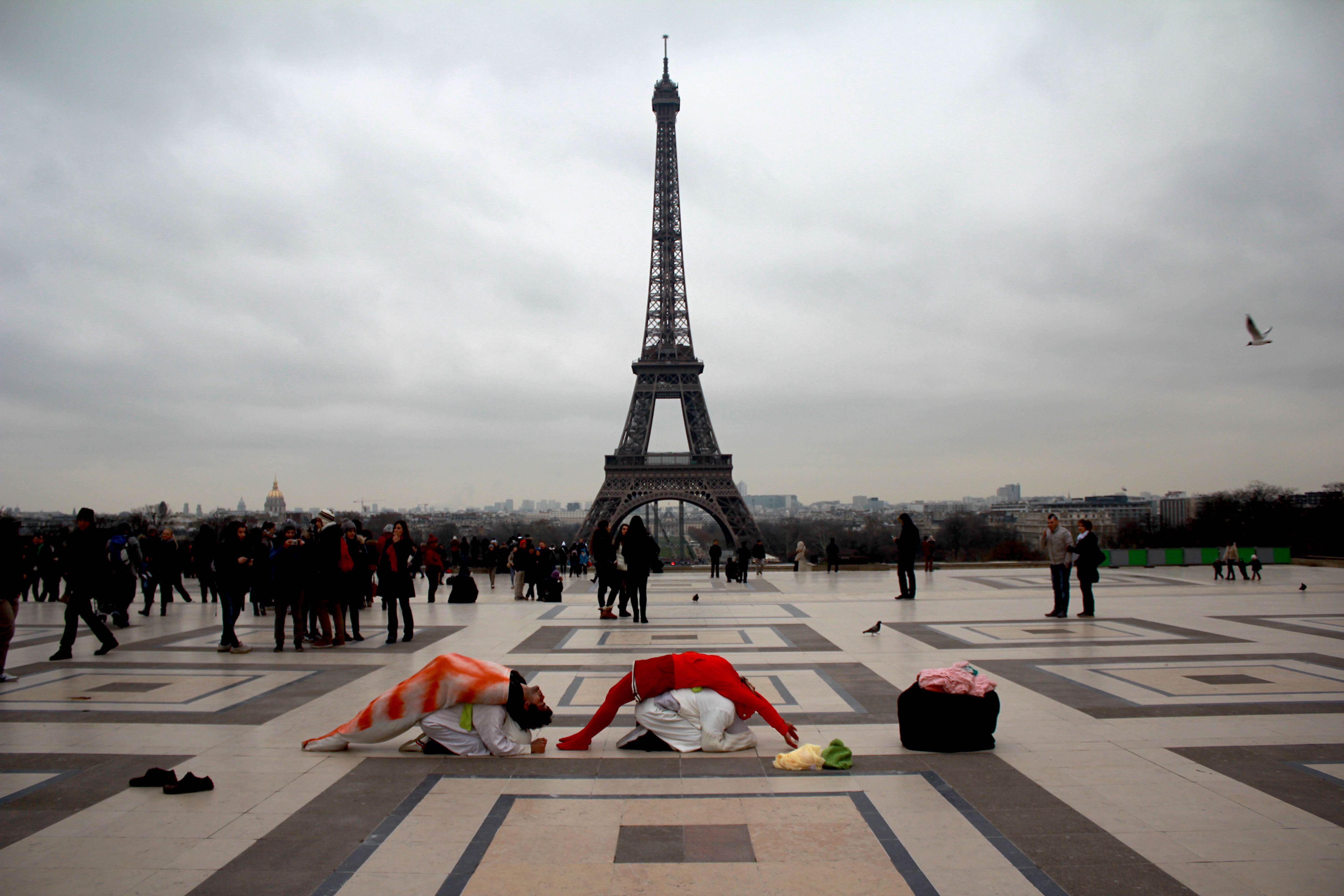
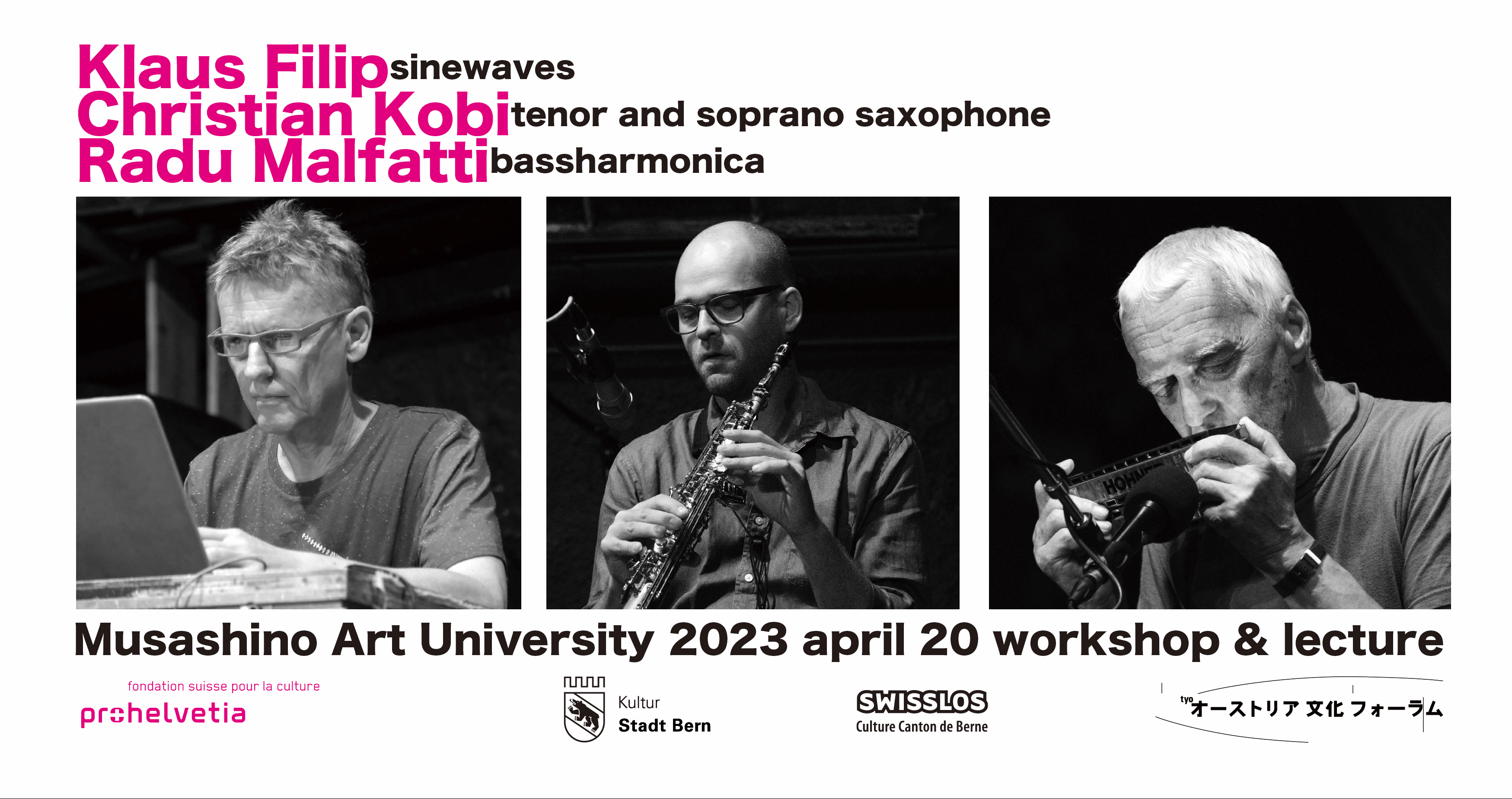
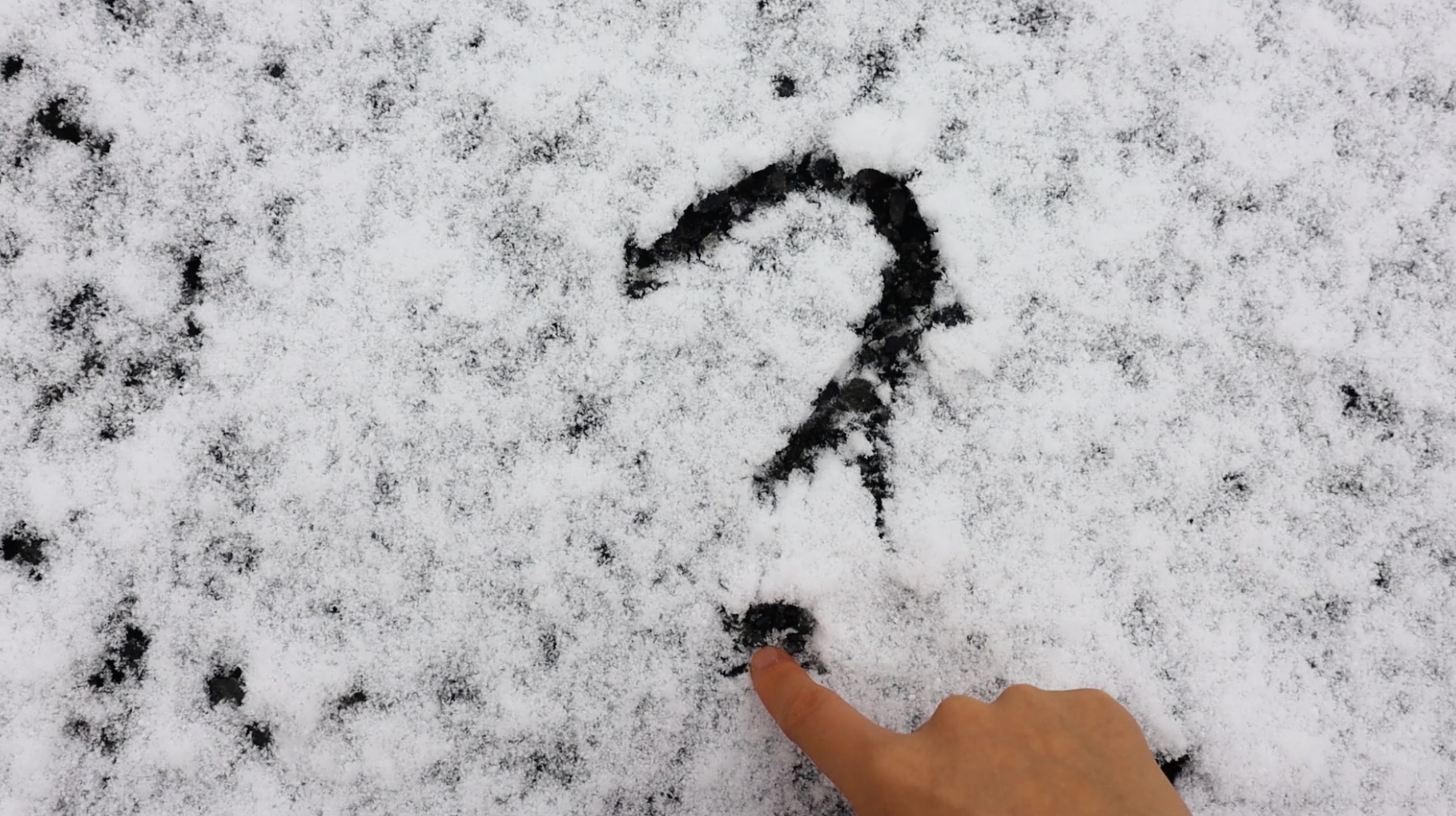
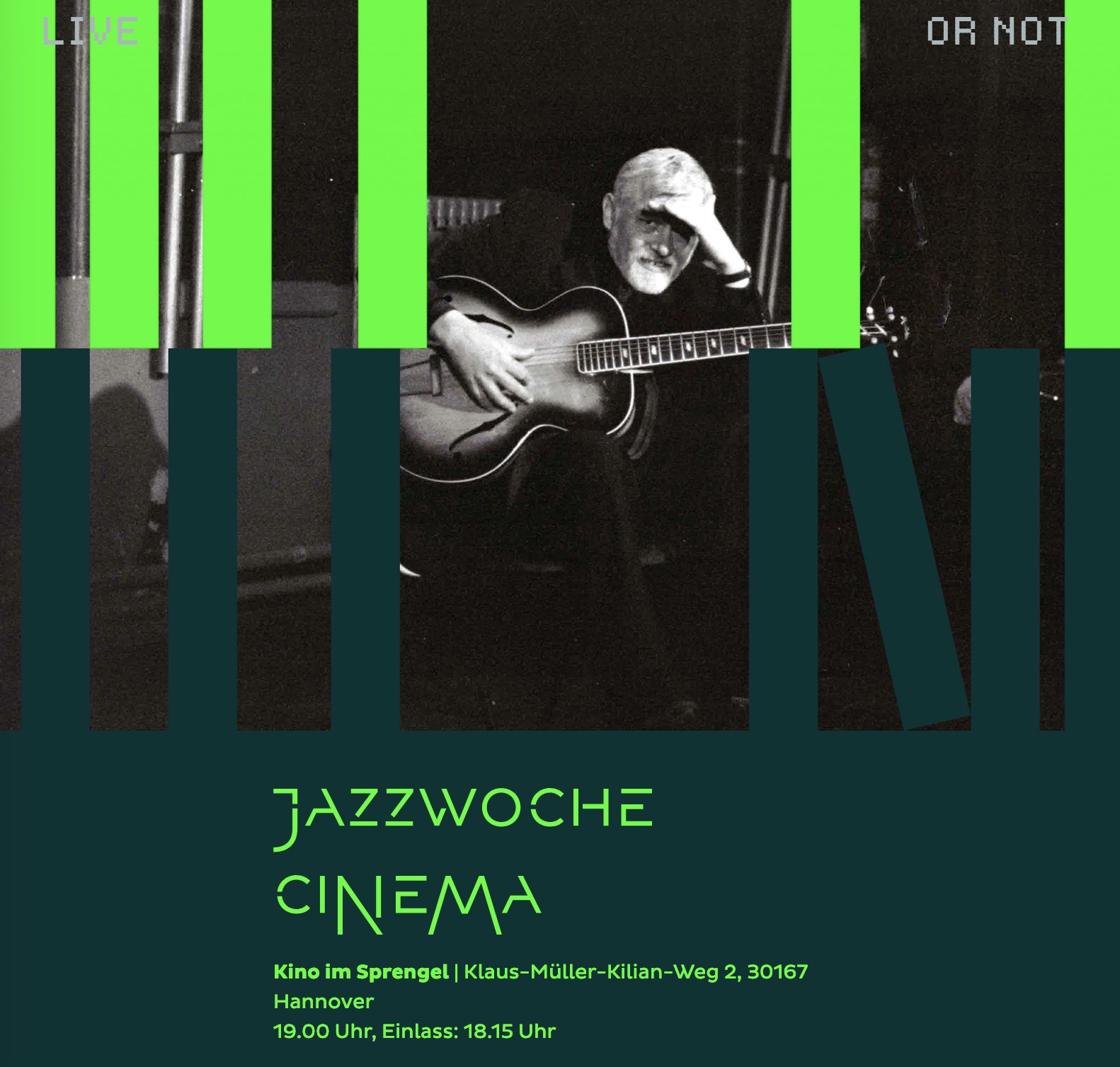
 Ye Ziyi: "Tiding" (photo: Angela von Brill)
Ye Ziyi: "Tiding" (photo: Angela von Brill)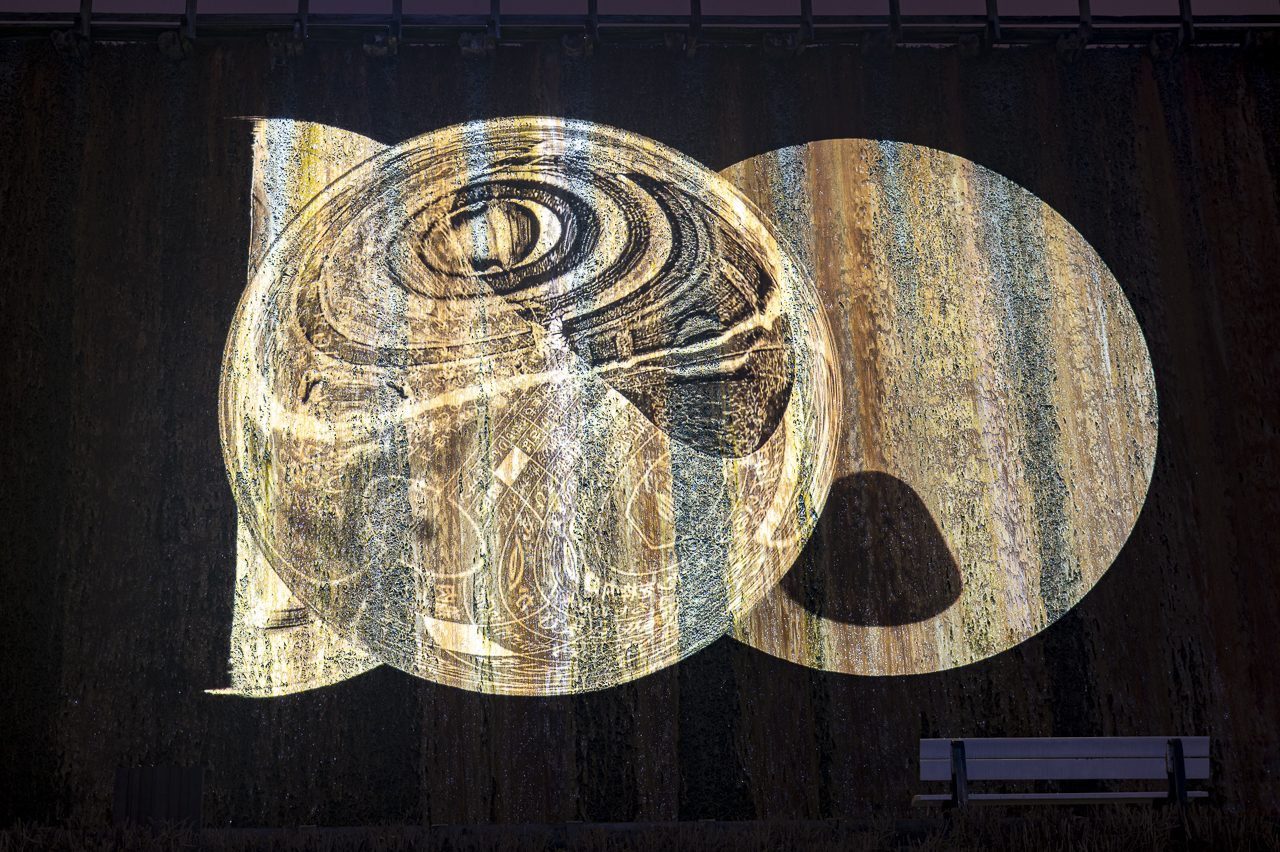
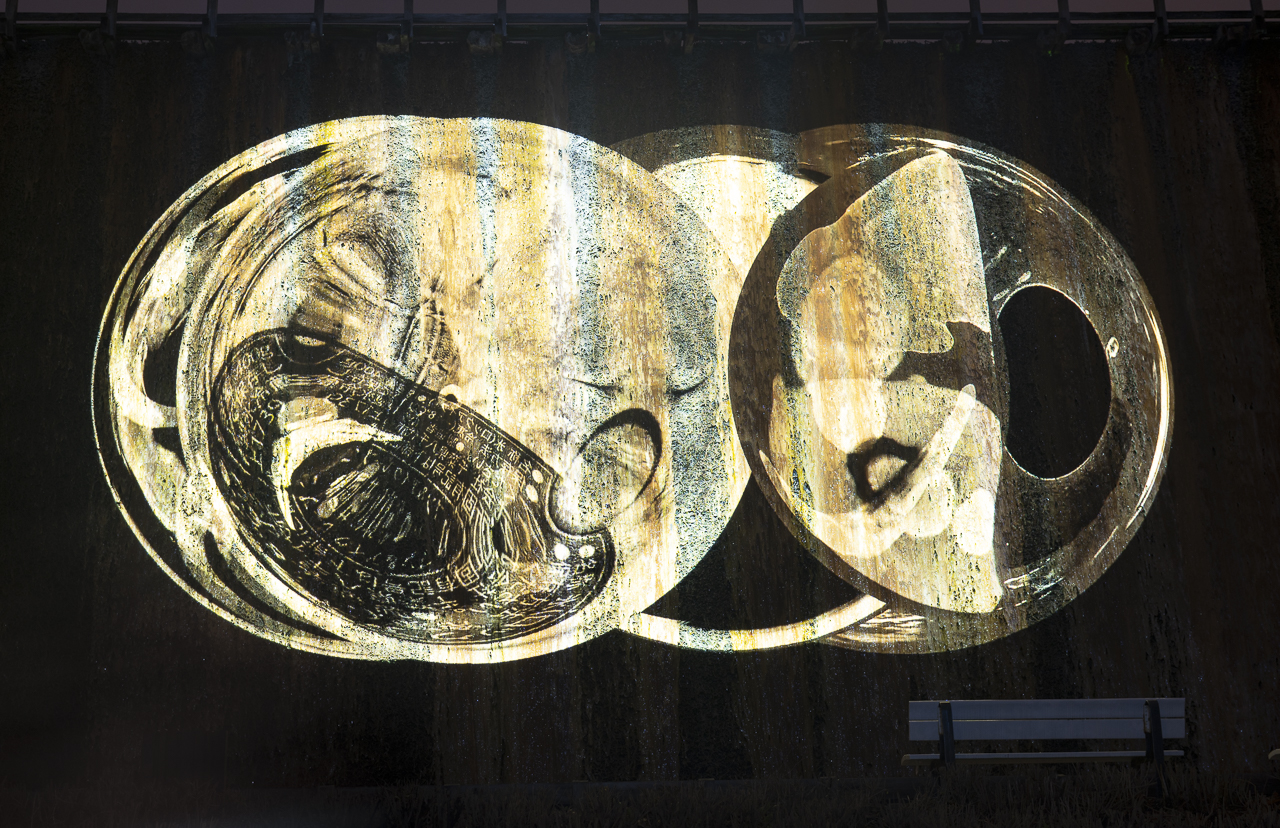
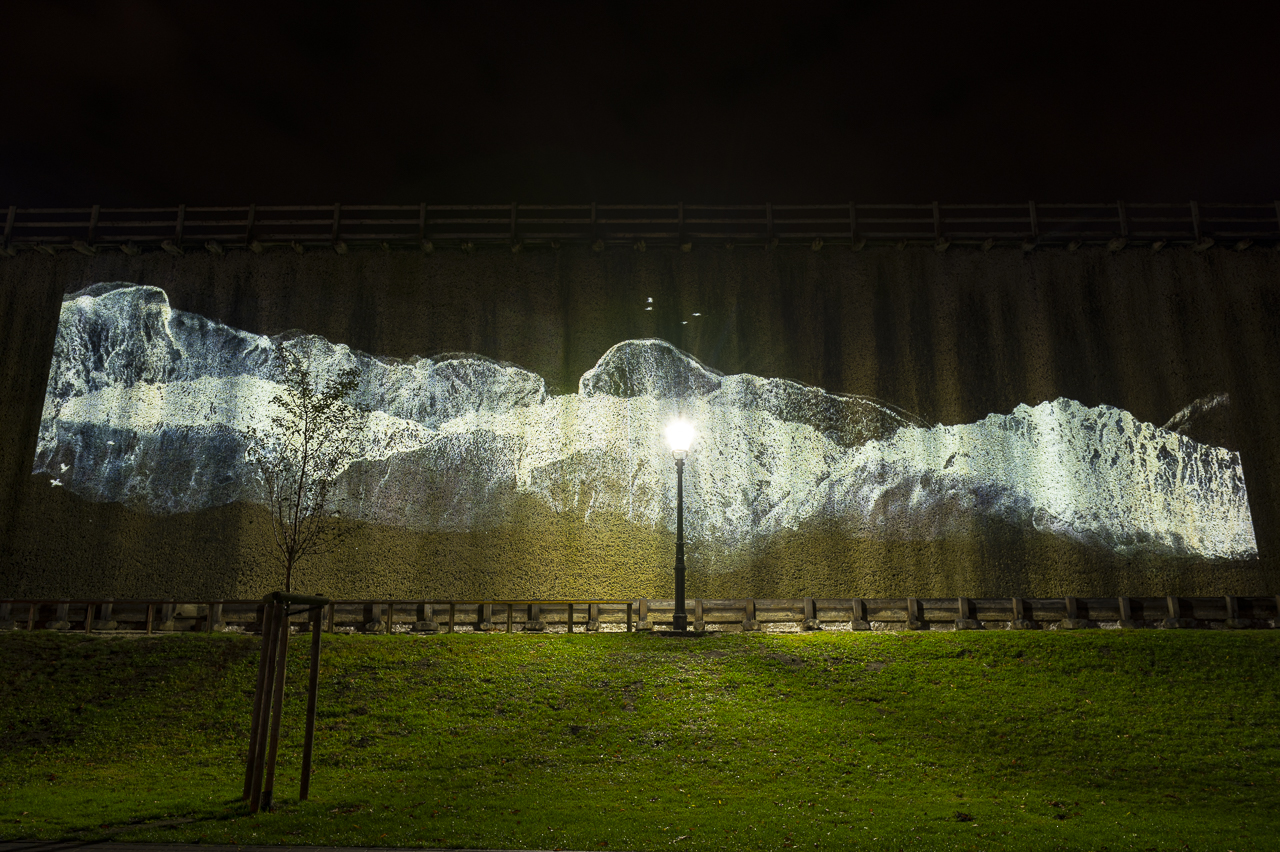
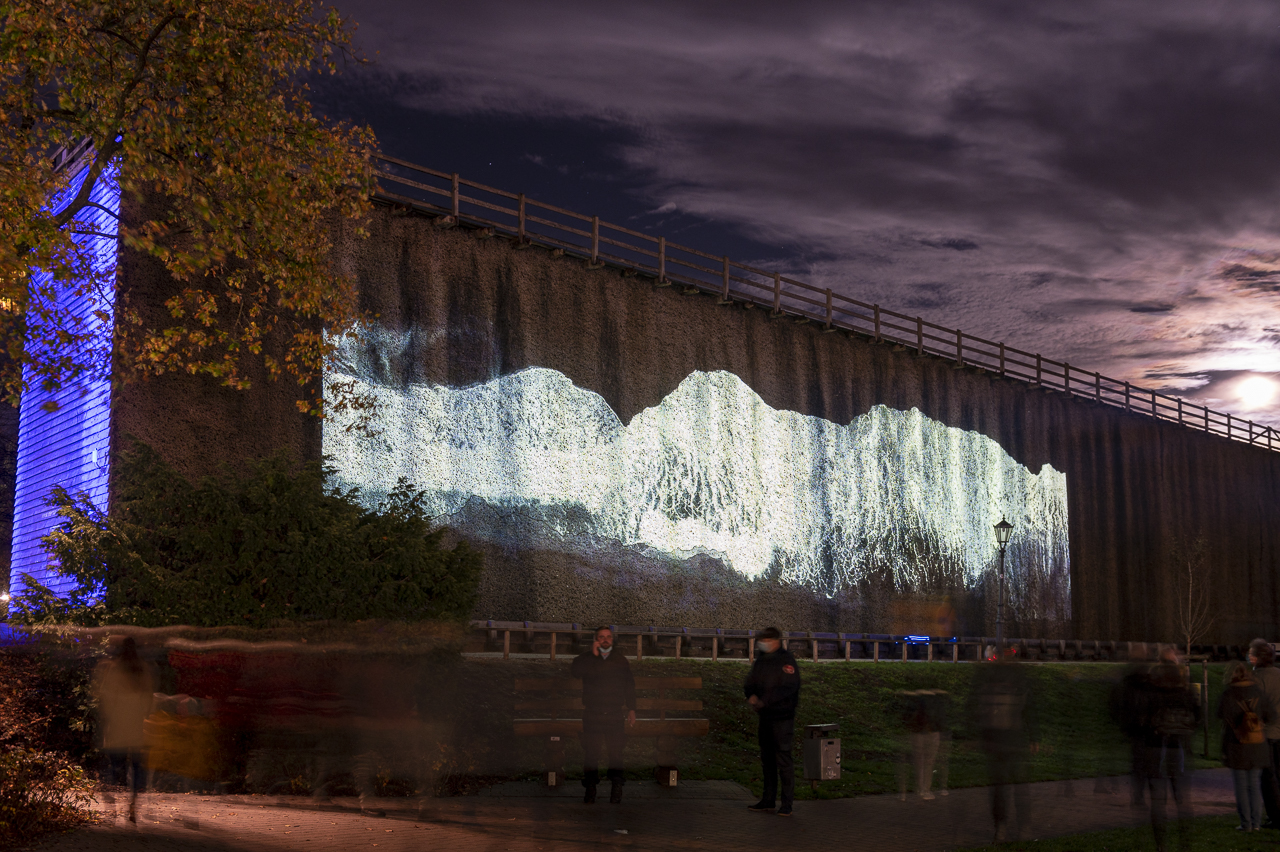
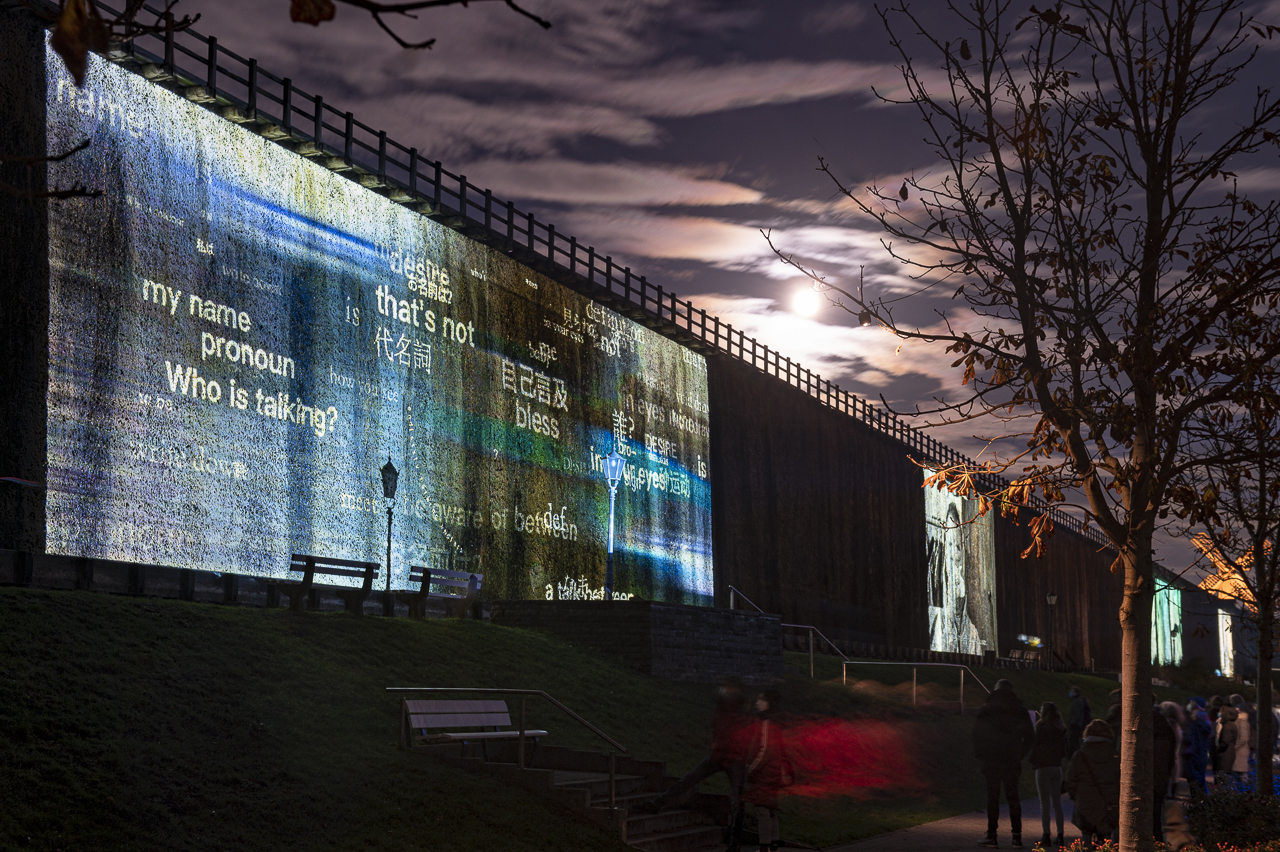
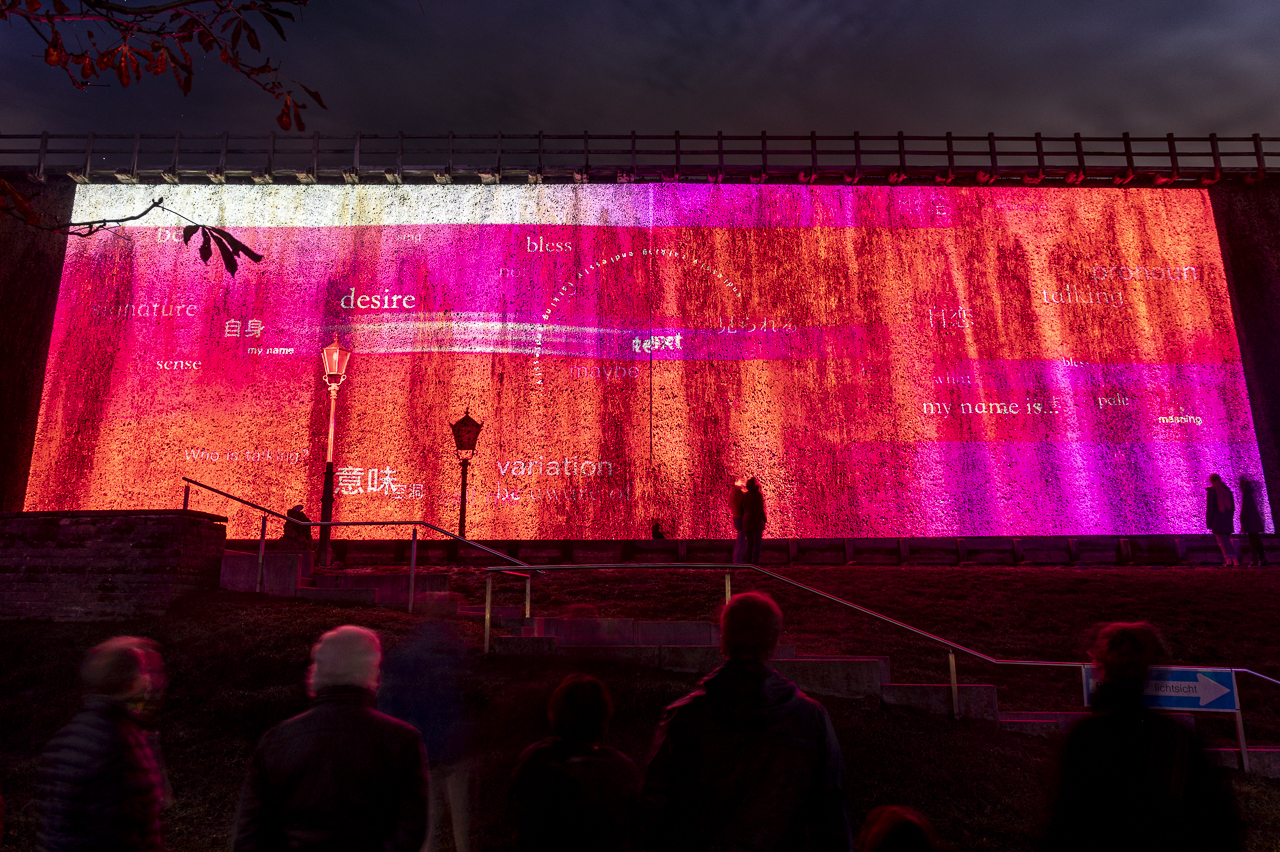

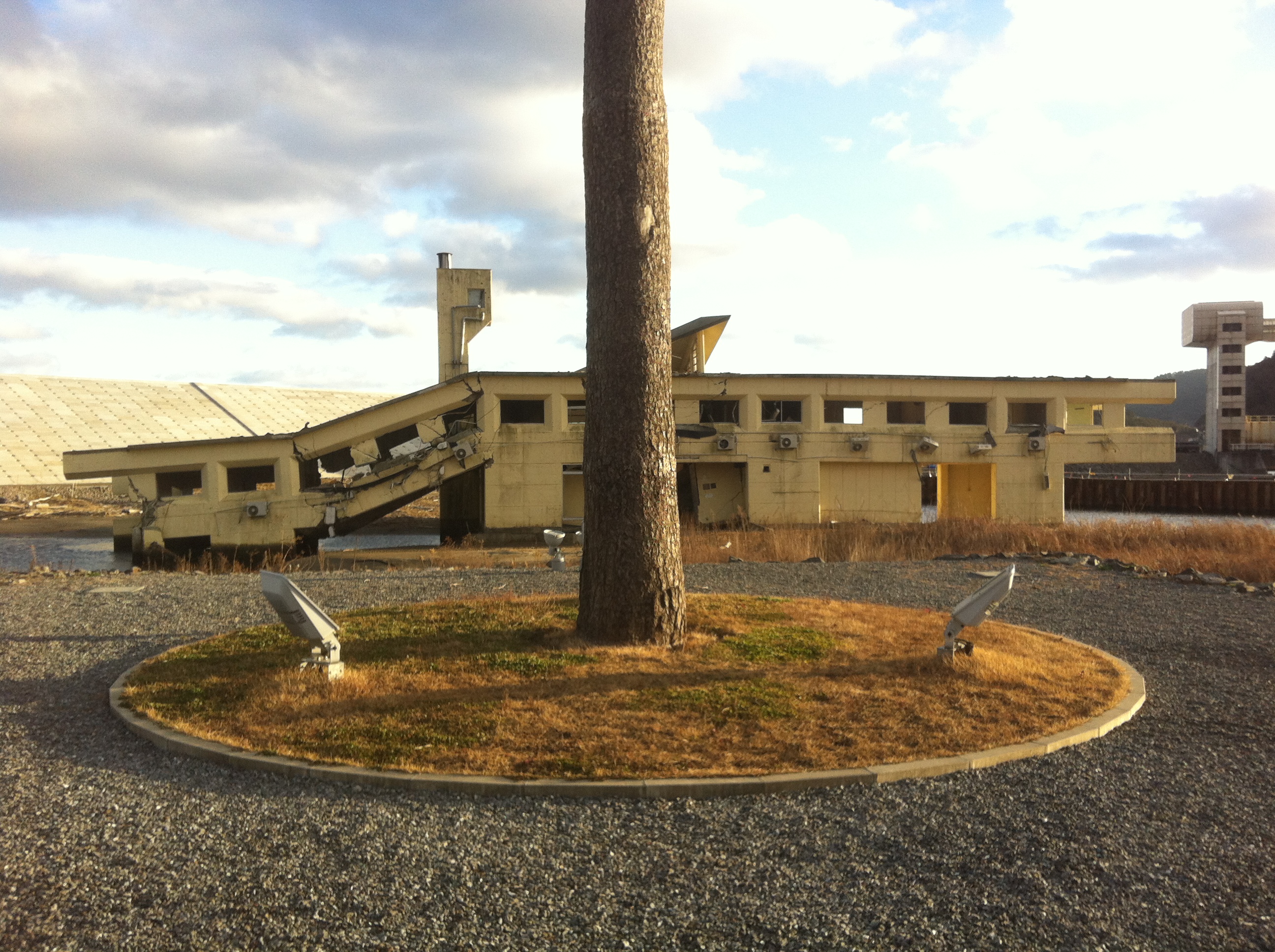

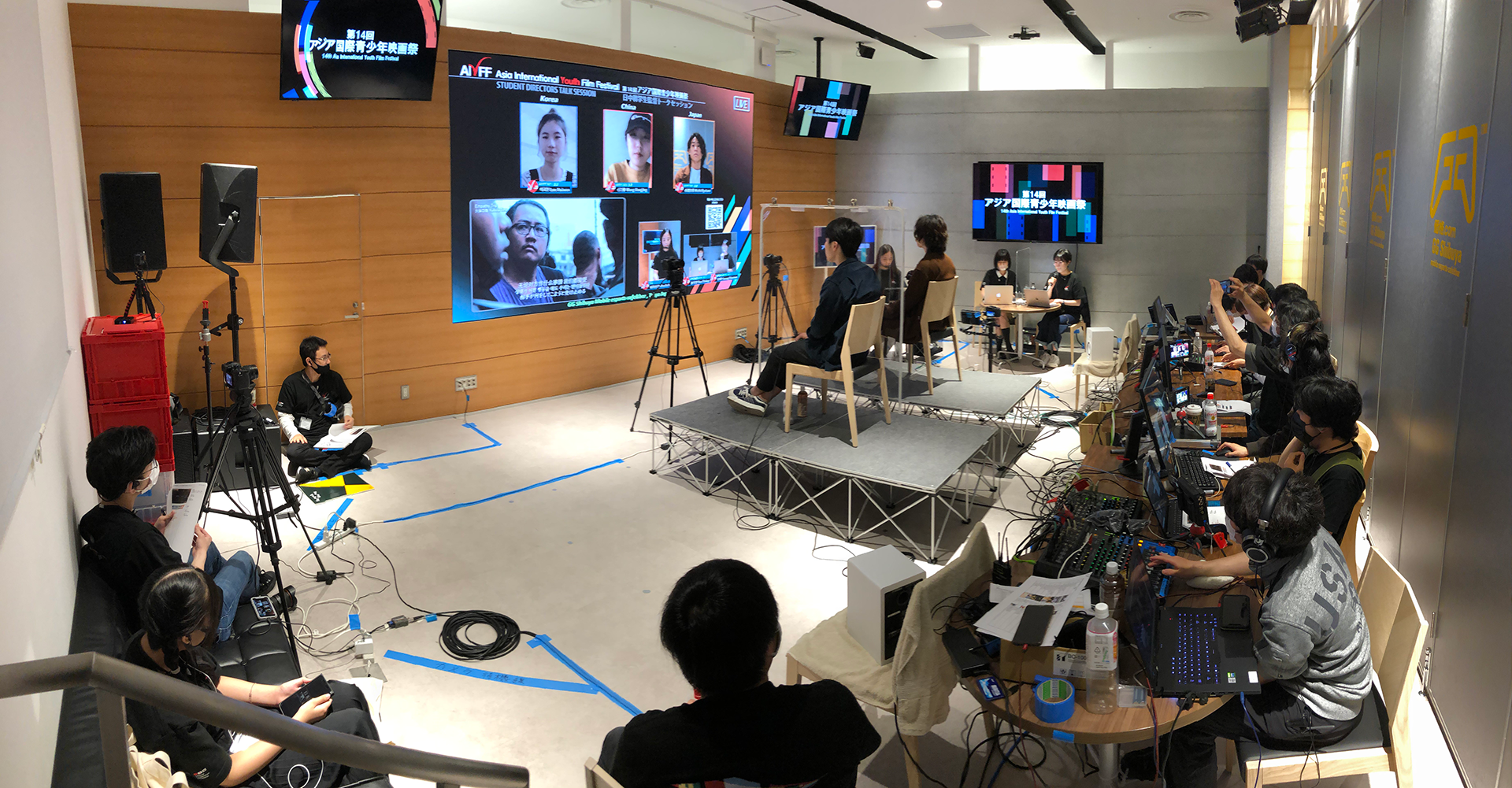
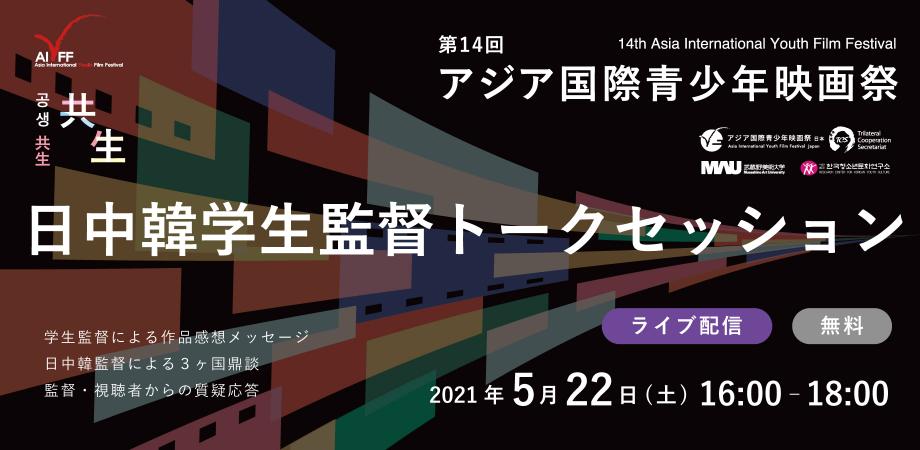
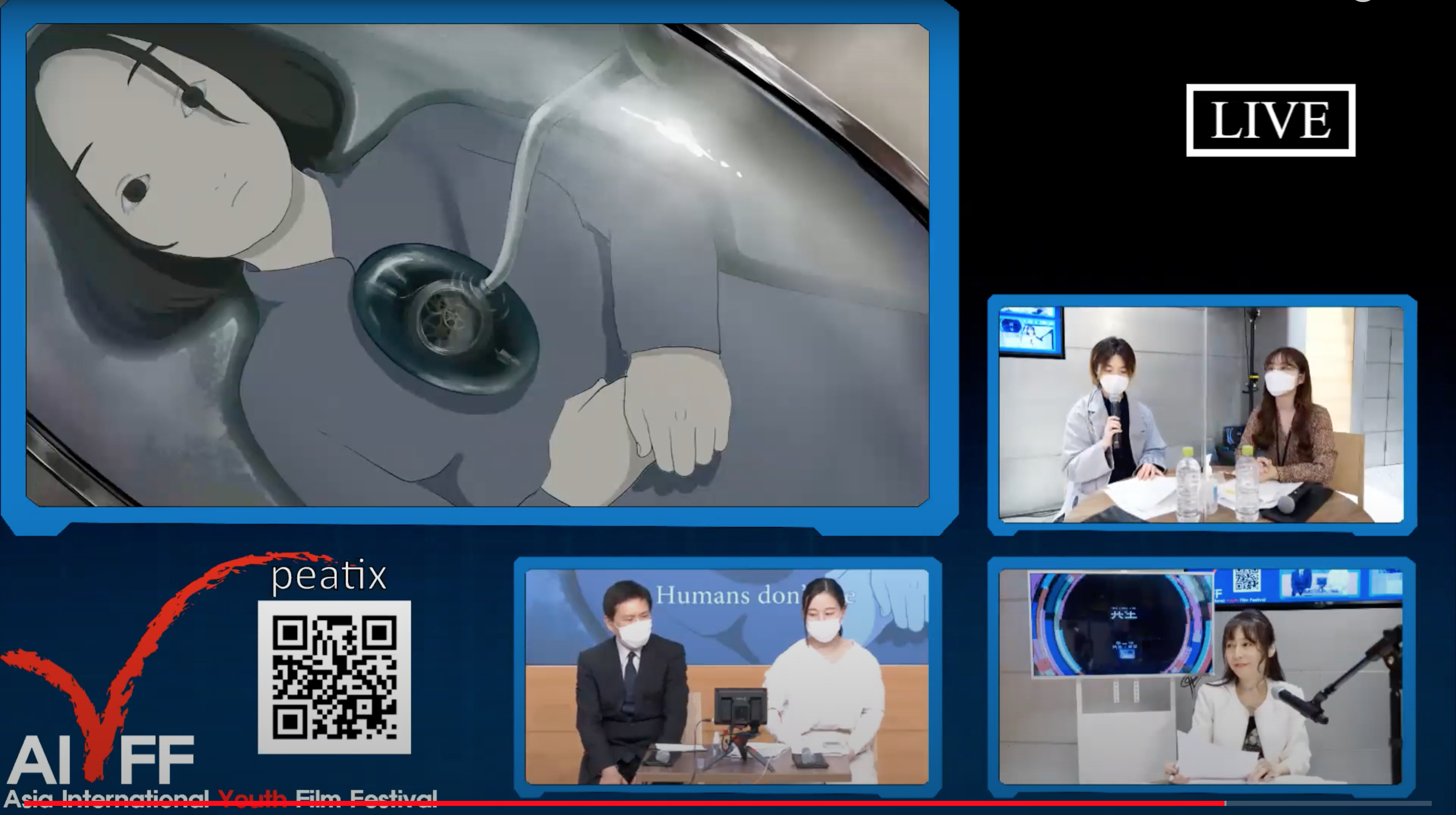

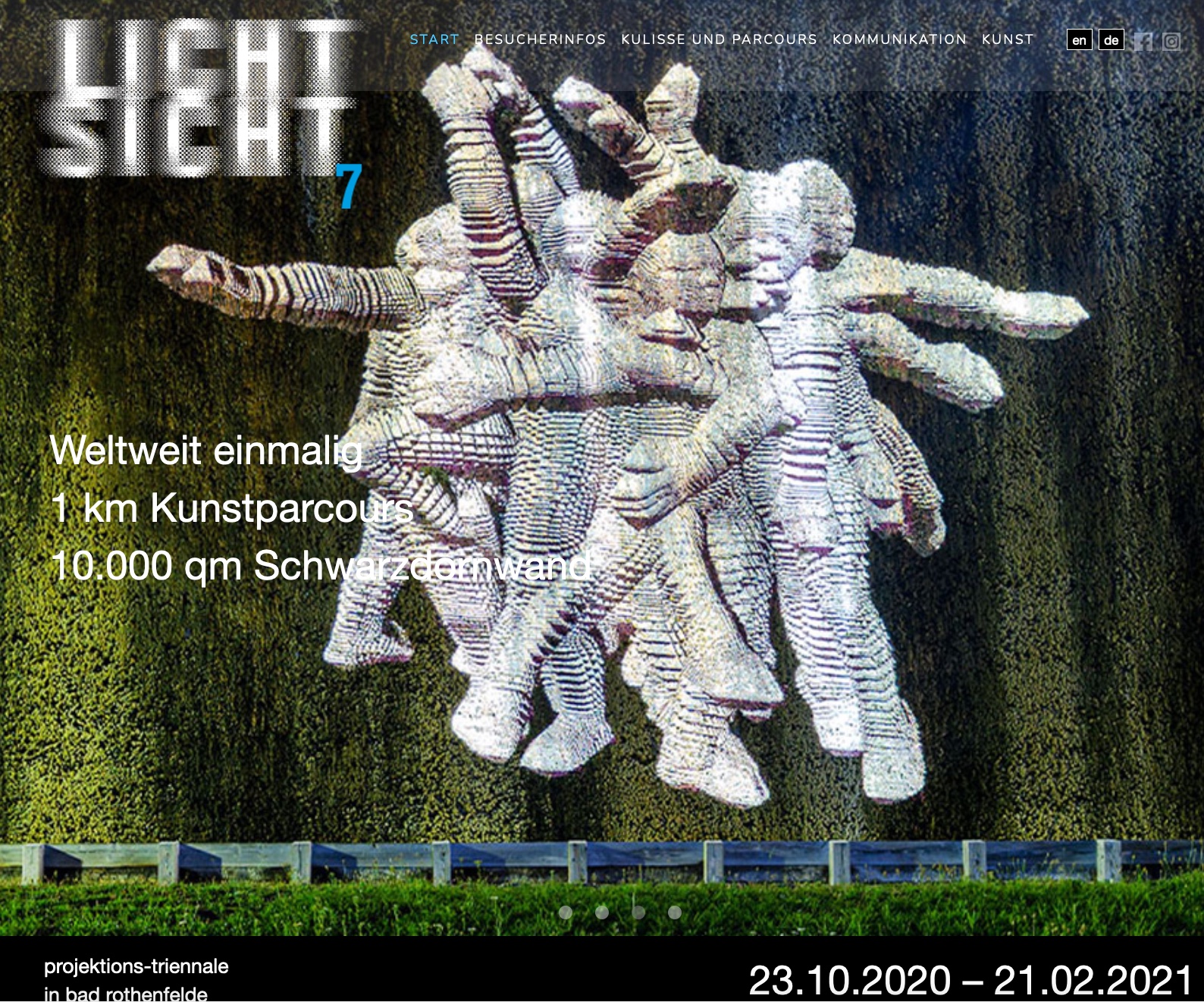
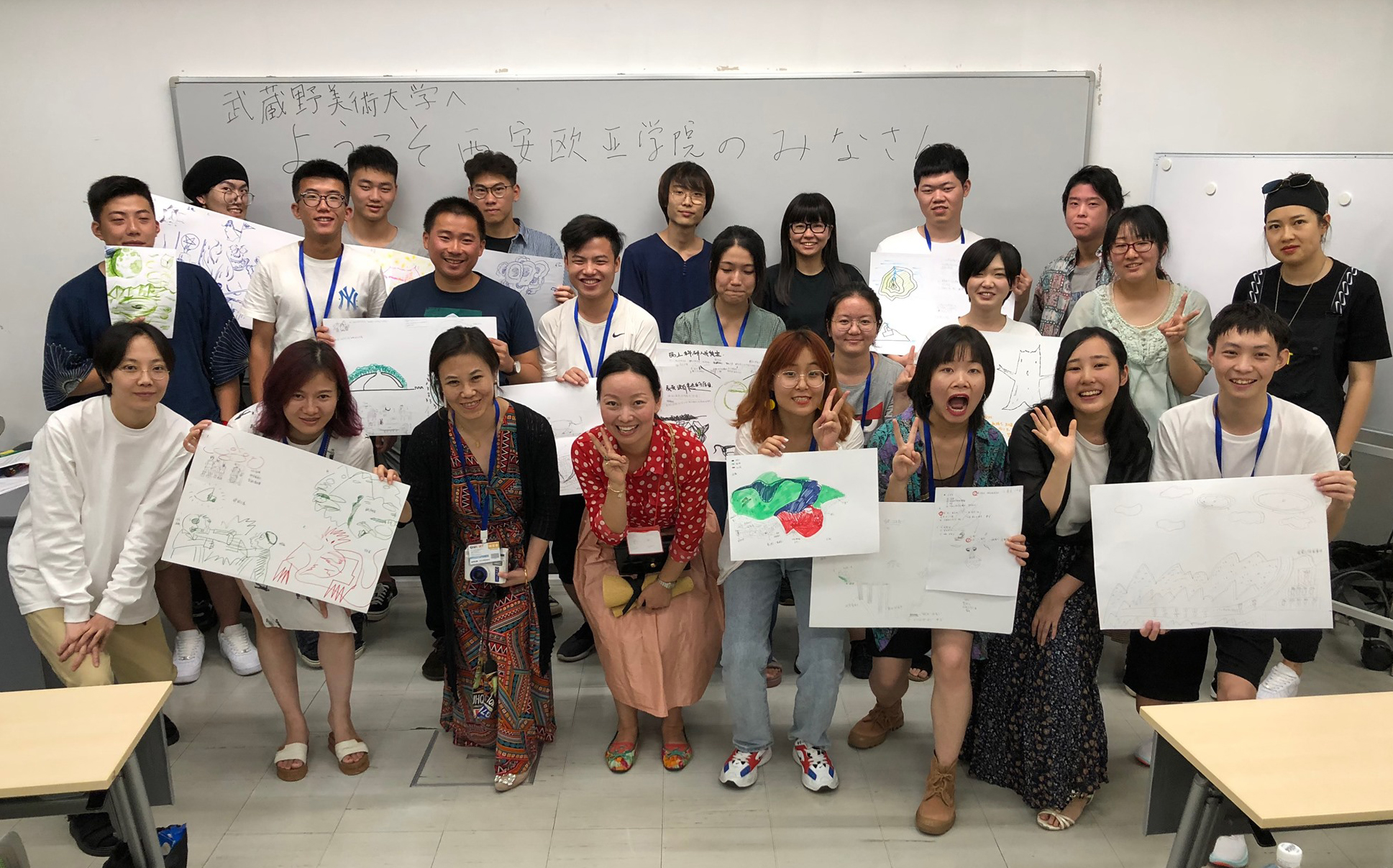 8月21日、西安欧亚(ユーラシア)学院の学生や先生方、関係者のみなさんが武蔵美を訪問してくださり、映像学科の学生と交流しました!
8月21日、西安欧亚(ユーラシア)学院の学生や先生方、関係者のみなさんが武蔵美を訪問してくださり、映像学科の学生と交流しました!